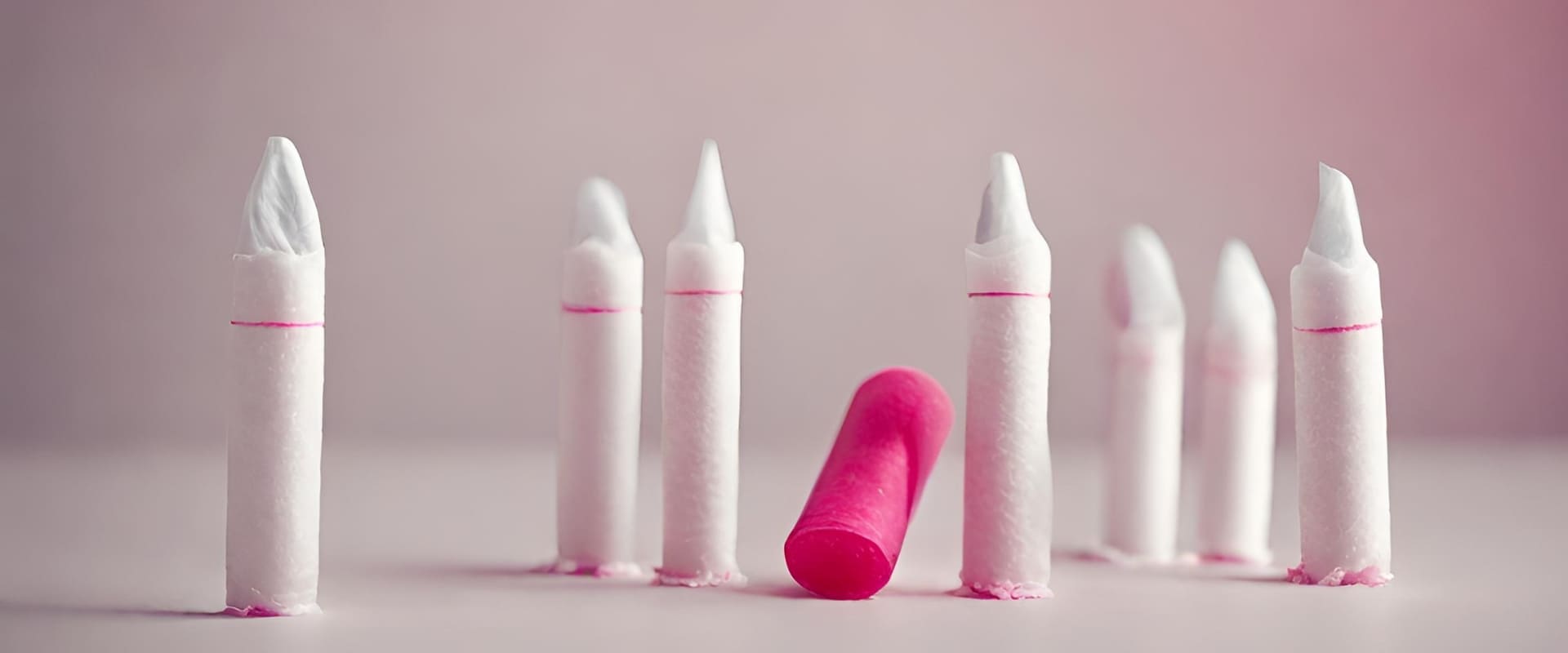Abstract
Phthalates are widely used plasticizers found in common consumer products such as medical devices, feminine hygiene products, cosmetics, toys and childcare articles.
Blog
In the realm of menstrual care, tampons are meticulously crafted to embody a seamless convergence of scientific principles, comfort, and functional efficacy. The inclusion of plasticizers, particularly phthalates, contributes to the tampons' pliability and user-friendly characteristics. However, it is essential to note that manufacturers prioritize a comprehensive approach, considering safety, regulatory compliance, and individual user preferences in their design processes.
The science behind tampons goes beyond their material composition. The absorbent core, typically made from cotton or a blend of natural fibers, is designed to efficiently manage menstrual flow. The insertion mechanism, applicator or non-applicator, is engineered to provide ease of use and minimize discomfort. Additionally, the choice of materials aims to address concerns related to skin sensitivity and environmental impact.
Manufacturers undergo rigorous testing and quality control measures to ensure that tampons meet the necessary safety standards. This includes considerations for hypoallergenic properties, absorption capacity, and overall product integrity. Ongoing research and innovation continually drive improvements in tampon design, with a focus on enhancing sustainability, reducing environmental impact, and catering to the diverse needs and preferences of menstruating individuals.
As the menstrual care industry evolves, discussions around product safety, transparency, and sustainability gain prominence. Consumer awareness and advocacy contribute to shaping the trajectory of menstrual care product development, emphasizing the importance of user well-being and environmental responsibility.
- Composition of Tampons: Tampons consist of absorbent materials, typically cotton, rayon, or a blend of both. The core purpose is to efficiently absorb menstrual fluid. Additionally, tampons incorporate components like a withdrawal cord and an outer layer for ease of insertion.
- Phthalates in Consumer Products: Phthalates, a group of chemical compounds, serve as plasticizers in various consumer products to enhance flexibility and softness. Tampons, along with medical devices, cosmetics, toys, and childcare articles, may contain phthalates in specific components to optimize their overall design.
- Plasticizers in Tampons: While the primary absorbent materials of tampons are cotton or rayon, phthalates may be present in certain components, such as the outer layer or packaging. The inclusion of plasticizers enhances the overall flexibility, ensuring that tampons are pliable for comfortable insertion.
- Comfort and Functionality: Tampons strike a delicate balance between comfort and functionality. The absorbent materials manage menstrual flow effectively, preventing leaks and providing discreet protection. Simultaneously, the plasticizers contribute to the pliability of specific components, ensuring a soft and comfortable user experience.
- Regulatory Standards: The use of phthalates in tampons and other consumer products is subject to regulatory standards and guidelines. Regulatory bodies carefully assess phthalate levels to mitigate potential health risks. Manufacturers adhere to these standards to deliver tampons that meet safety requirements.
- Alternative Materials: Addressing consumer preferences for chemical-free options, some tampon manufacturers offer products labeled as phthalate-free or made with organic and natural materials. These alternatives cater to individuals seeking products with minimal chemical exposure.
- Absorbency and User Preferences: Tampons are available in various absorbency levels, allowing users to choose products that align with their unique flow volumes during menstruation. This personalized approach enhances comfort and protection, meeting the diverse needs of users.
- Sustainability and Environmental Considerations: Recent trends in menstrual care emphasize sustainability. Some tampon manufacturers focus on eco-friendly materials and packaging, responding to consumer demands for environmentally conscious products.
- Ongoing Innovation: The science of tampons remains dynamic, with continuous research and development driving innovation. Manufacturers explore improvements in absorbency, comfort, and sustainability, reflecting a commitment to meeting evolving consumer expectations.



